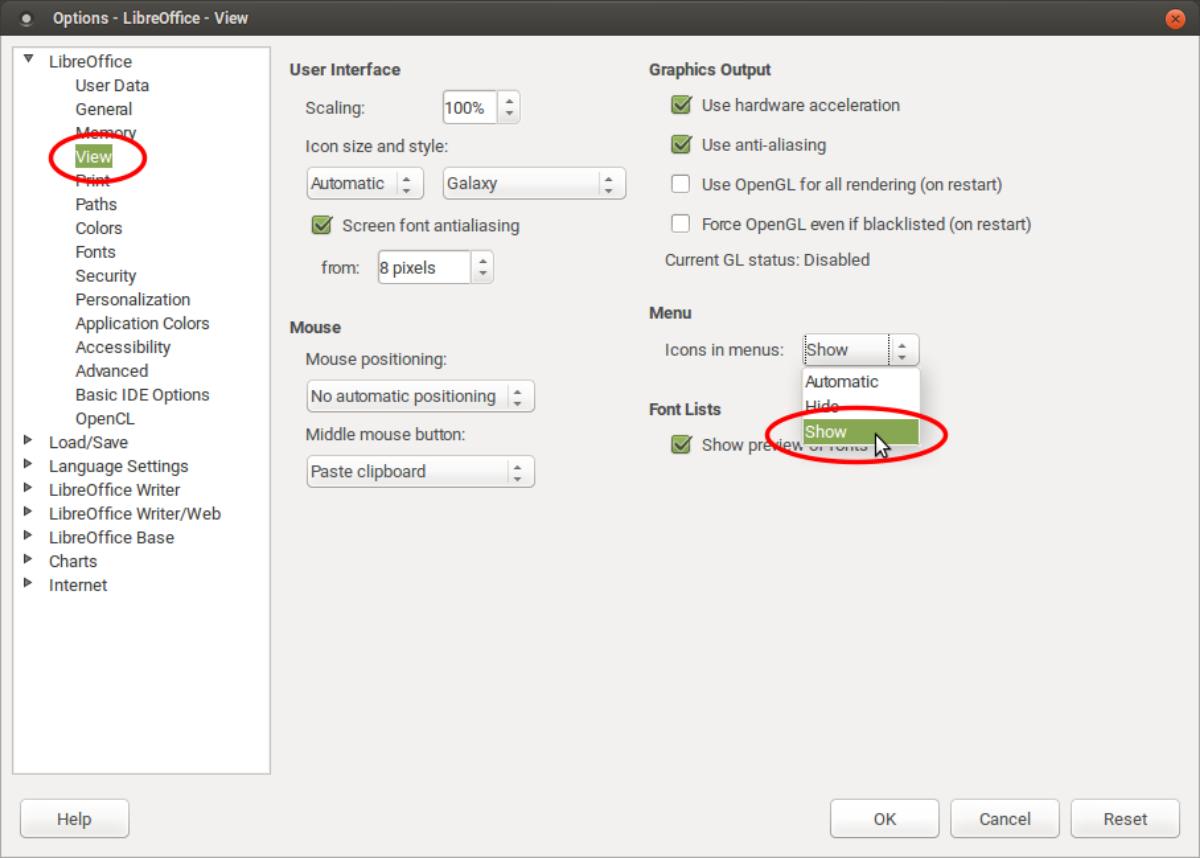While we want to follow elementary OS latest updates, we may find it's difficult to find its official Launchpad PPA addresses. For example, if you want to try 5.0 "Juno" but you cannot get latest ISO image, then installing software in development version from PPA on Loki is the only way. If you are a review writer (like me) you need those PPAs, but believe me it's hard to find them on elementary OS website. So, I think it will be good to have a list of elementary OS PPAs in one article with instruction to install each. As a bonus, these PPAs of elementary OS are also installable for Ubuntu or Mint i.e. to install Pantheon Desktop on Ubuntu.
Subscribe to UbuntuBuzz Telegram Channel to get article updates directly.














